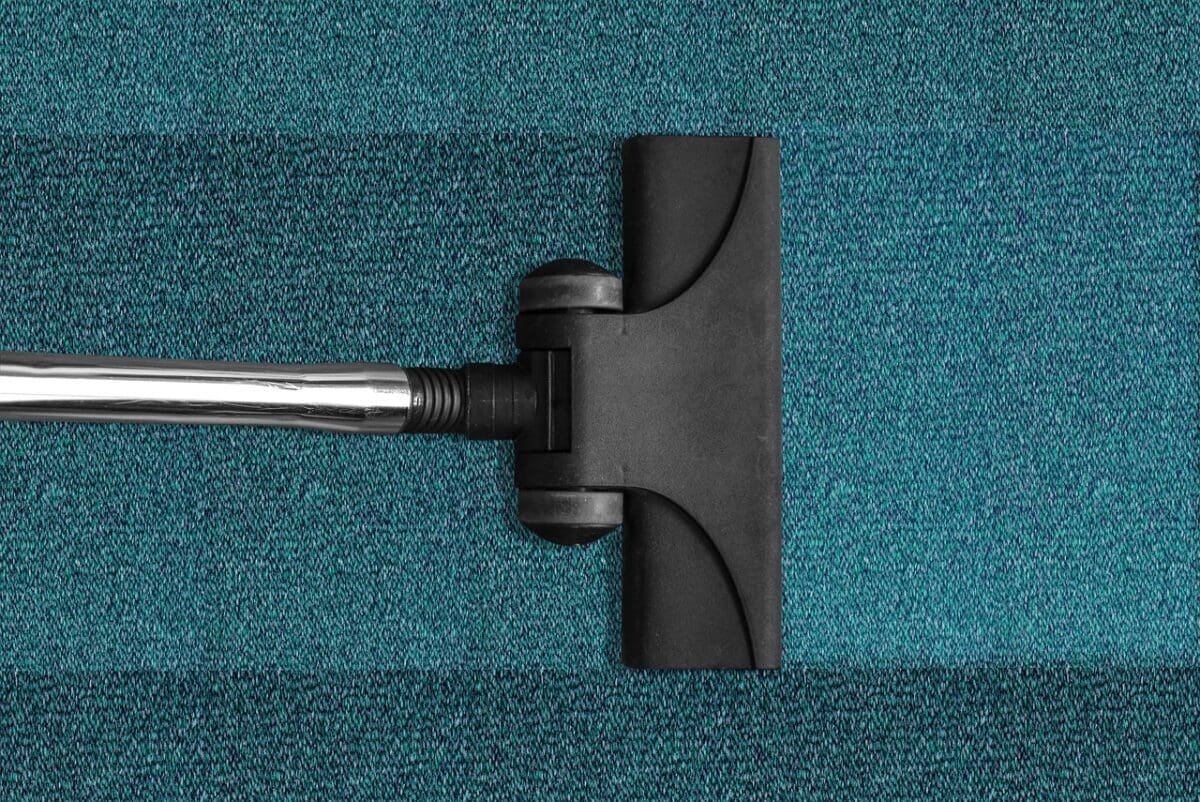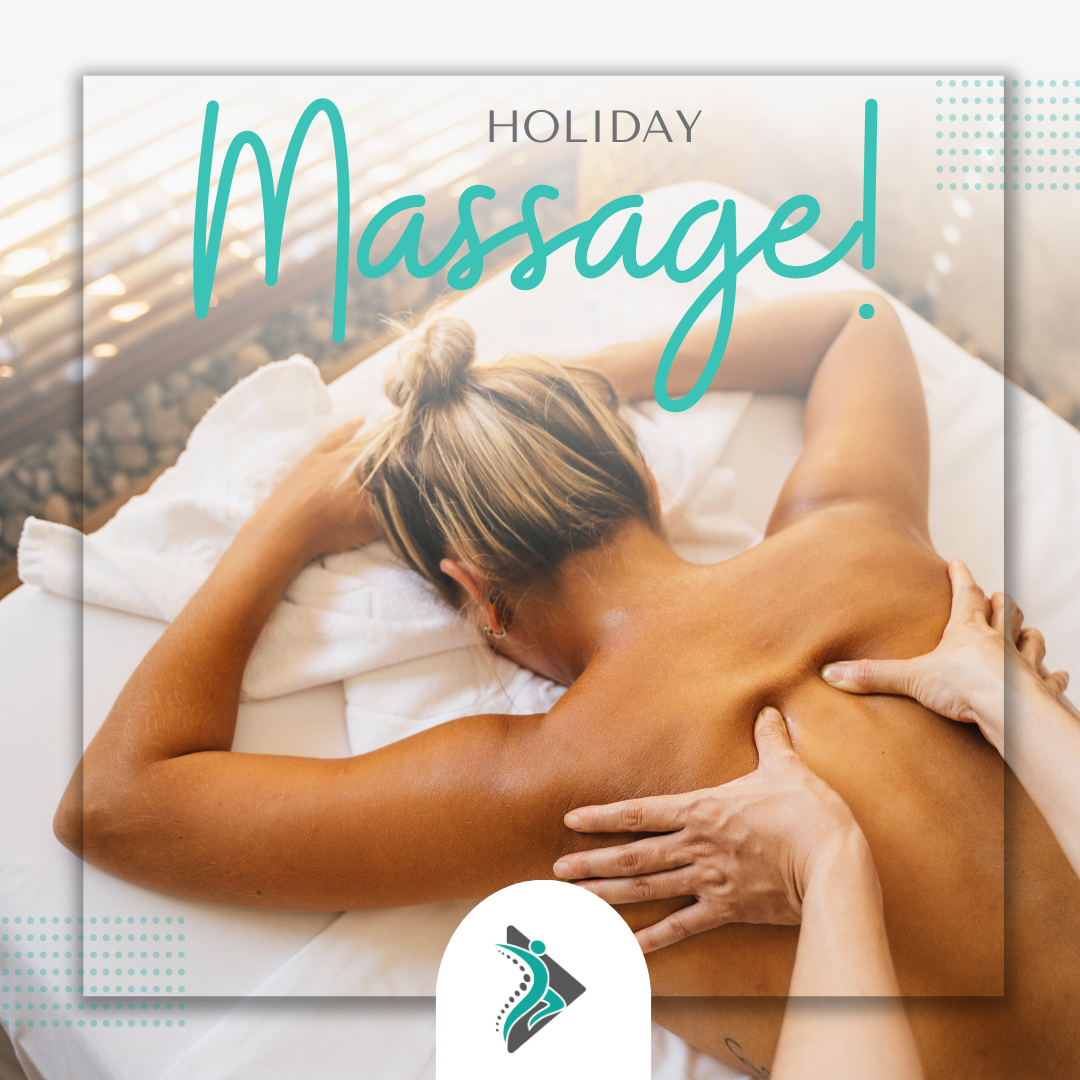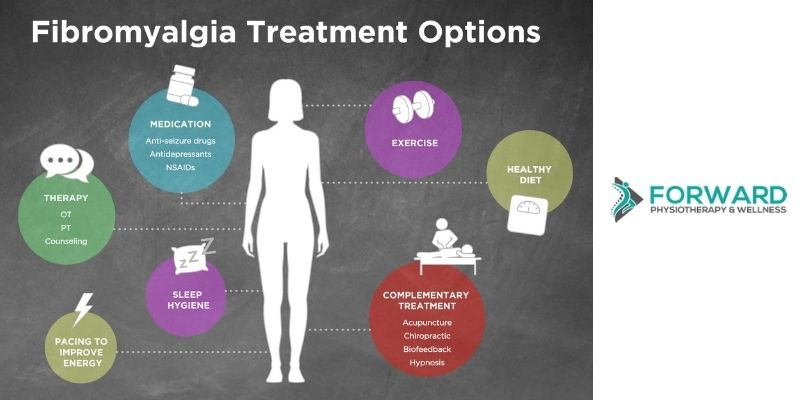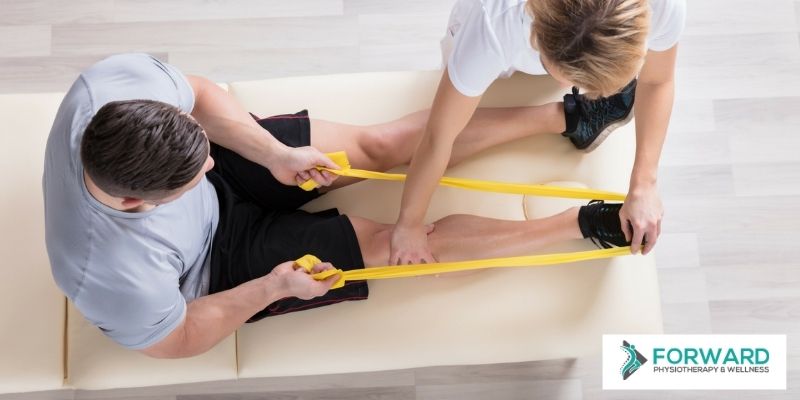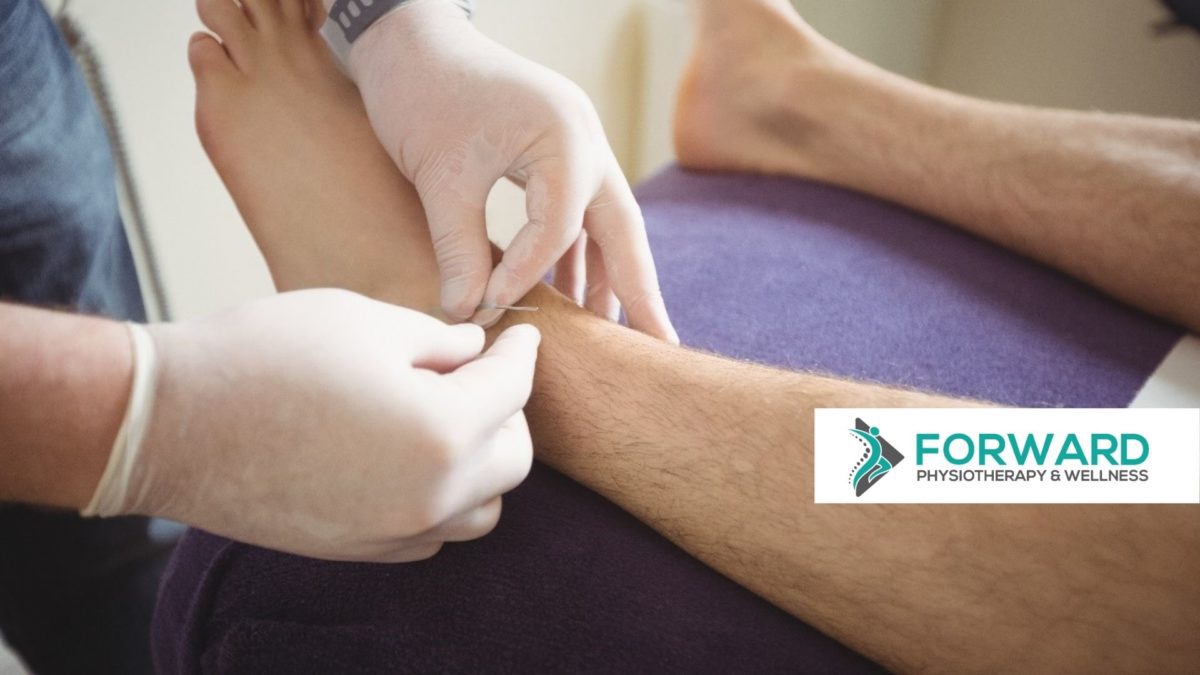
What Can Physiotherapy Treat?
Posted By: Forward Wellness
When people hear the word physiotherapy, back problems and sport-related injuries are what typically comes to mind. However, physical therapists can offer treatments for various physical issues that may have been brought about by illness, injury, and even aging. As opposed to other more invasive methods of treatments such as medication and surgery, this treatment involves the use of physical methods such as exercises, massage, joint mobilization, needling, and other modalities. The purpose of physiotherapy is to alleviate pain, and restore function and movement. This will assist in minimizing the effects caused by dysfunction within a body part, or multiple parts. The following are some of the conditions that can be treated with physiotherapy.
Arthritis
Arthritis is a condition that causes inflammation within the joints. This can cause them to be painful, as well as impair their ability to move properly. Although it can affect people of all ages, it is more likely to develop among the elderly population. Physiotherapy can help to improve movement by easing the stiffness at the joints which allows more blood to flow to the affected muscles. This increase in blood flow will help ease the pain.
A physical therapist can educate patients about arthritis, its effects, and the steps they can take to improve. This will help them to manage it better. Gentle exercises prescribed during physiotherapy treatments will help to strengthen the muscles and tissues surrounding the joint. Together with medication and other therapies, physiotherapy can be useful in preventing this condition from further progressing.
Lower Back Pain
The lower back is made up of interconnected systems. These systems include muscles, tendons, ligaments, joints, discs, and nerves. The lower back is a delicate part and any interference with the structure, due to an injury or disease, can lead to lower back pain. This is an uncomfortable situation to be in and can interfere with daily activities.
Lower back pain can have various levels of severity. You may find relief from lower back pain through physiotherapy no matter the severity or cause. Different techniques may be used depending on individual needs, which are intended to help stimulate blood flow to the muscles. Increased blood flow is necessary in decreasing muscle tightness, which assists in easing the pain. Pain reduction will enable one to return to completing daily activities comfortably.
Sport Injuries
It is not unusual for people to obtain injuries while engaging in sporting activities. Injury can happen due to a number of reasons including accidents, improper equipment, lack of physical fitness, and others. Physiotherapy is a great tool in the treatment of sport injuries, as most injuries sustained during sporting activities affect the muscles, bones, or soft tissues.
The physical therapist will perform a full assessment of the injury and recommend a suitable treatment plan which may involve various approaches. They can also advise you on when you may be able to resume regular sporting activities. Within the assessment and treatments, the physical therapist may also inquire about your sporting regime and advise safe strategies that may help prevent future injuries.
Stroke
A stroke occurs when blood flow to the brain is restricted, most times as a result of a blood clot. Movement can be significantly compromised following the occurrence of a stroke. Depending on the part of the brain that is affected, and the extent of damage, other abilities may be inhibited as well. This may include one-sided paralysis, difficulties in speech, issues with balance, cognitive and sensory problems, among others. Rehabilitation may be required to help the brain relearn skills lost after a stroke. Part of the rehabilitation process will involve physiotherapy.
During rehabilitation, the physical therapist will perform a thorough assessment to determine the extent of physical disability before developing a treatment plan. Plans tend to begin gradually with work on balance and posture. As these functions improve, the physical therapist will move on to more challenging aspects such as standing and walking, or even light exercises.
Conclusion
There are many conditions besides simple musculoskeletal injuries that can be treated through physiotherapy such as neurological diseases, acquired brain injury, multiple sclerosis, Parkinson’s disease, and spinal cord injury. Physiotherapy can even help treat certain medical issues brought about by accidents or illness as well as provide relief to people born with certain conditions. Quality of life can be significantly improved with the help of a physical therapist.




